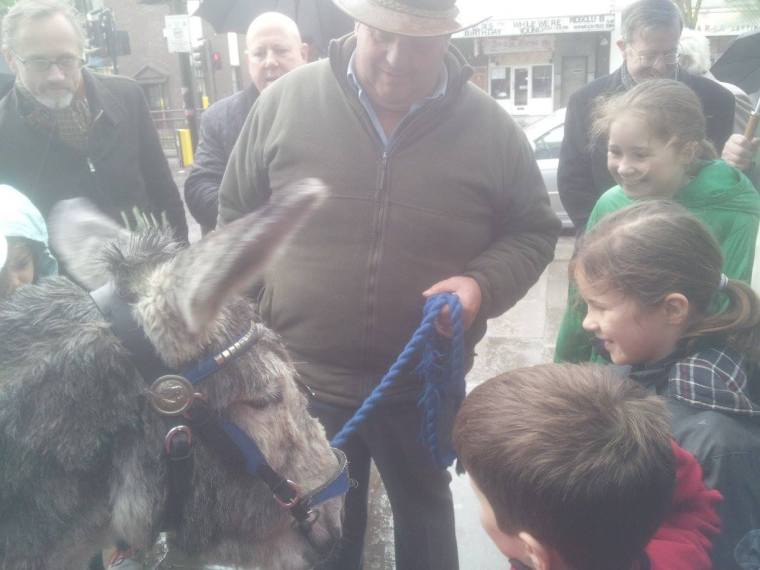Today, a few questions to guide your thinking:
Who are the children that we might see on Good Friday?
Are these children from the regular congregation, or visitors, or a mixture? How much will they know of the story? What will they know about Jesus apart from his birth at Christmas and his death?
Will they be back for Easter Sunday?
At my last parish, when Good Friday fell the day after school broke up, we had several families come to our Children’s Stations of the Cross.
“See you on Sunday!” I called as they were leaving.
“Oh, no, we’re off on holiday tomorrow – we just came to this before we left,” they replied.
Our service had ended with Jesus dead in the tomb, waiting, suspended, for the last chapter of the story on Sunday morning – and these families were going to miss it. If your children may not be back for Sunday – incomprehensible as it seems to miss that of all days – maybe it’s worth including, at the end of the service, the reassurance that the story doesn’t end here. Don’t do a full-fledged celebration of Easter, but perhaps allow them to peek behind the curtain and see a preview of what comes next.
And then make sure you celebrate the whole season of Easter, all 50 days, so they can join in the celebration of the resurrection when they come back from wherever they are on Easter morning.
(Note: if you have very emotionally sensitive children, especially young ones, you may also want to include some reassurance of the resurrection at the end – I’ve had children burst into tears when Jesus died, and to leave them in that state for two days feels cruel. The disciples didn’t know how it ended, but we do. Again – don’t celebrate – but promise that this isn’t the end.)
What will happen for them between now and Sunday?
If they are likely to be back on Sunday morning, what will happen for them between now and then? Will Saturday be a day of quiet waiting, or of celebrating? Will any of them be at the Vigil? How will they mark the transition from death to life – will there be middle-of-the-night mystery, or will they show up on Sunday morning and find the resurrection a fait accompli? What will those different experiences be like, and does this change how you approach your Good Friday service in any way?
Where are their parents?
Are you providing children’s programmes during an adult service, or are you doing a family service? If the children are away from their parents, what experiences, if any, will they have in common with their parents from today? Can you and the adult worship leaders work together to provide some links for families to carry on observing the day at home – maybe a take-home activity to do together, or some talking points?
How do they experience the space?
Are they in a church or a programme room? What mood does the space set? Is it relaxed and informal – if so, how do you get the awe and wonder of today’s mystery? Is it formal and dignified – if so, how do you encourage children to relax enough to fully participate? Where is the light and darkness in the space? Where is the noise and the silence?
What questions am I likely to get?
It’s impossible to prepare for every question that something as raw and primal as Good Friday might bring up, but you may be called upon to address such questions as “why did God let Jesus die?” “why won’t God raise my nan if he can raise Jesus?” “why are there still cruel things like Syria if Jesus has made it all okay?” and so on. It might help to spend some time in prayer, considering how to address these issues.
It may also help to think a bit about your own theology of what Good Friday means.
The idea of Jesus dying to satisfy the wrath of a vengeful God has become very ingrained in many churches – so much that many people don’t know there are other theories. But this theology is, for many people, deeply troubling, and doesn’t fit with the characterisation of a faithful God who calls his people time and time again, who keeps his covenants with them. It might be helpful to consider re-framing the event as Jesus dying not to satisfy God’s bloodlust but to do battle with death itself. The greatest enemy is death, and this is the Good News – not that God is no longer angry with us, but that death itself no longer holds any power over us.



 Procession:
Procession: Take-home:
Take-home: Okay, so this is a bit late, but if you’re still struggling for ideas for Mothering Sunday, here are a few:
Okay, so this is a bit late, but if you’re still struggling for ideas for Mothering Sunday, here are a few: